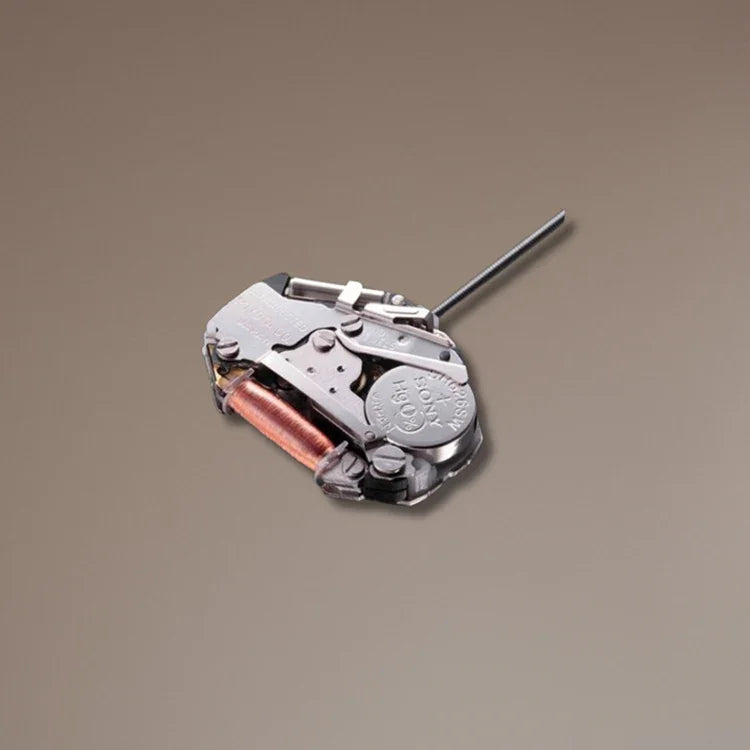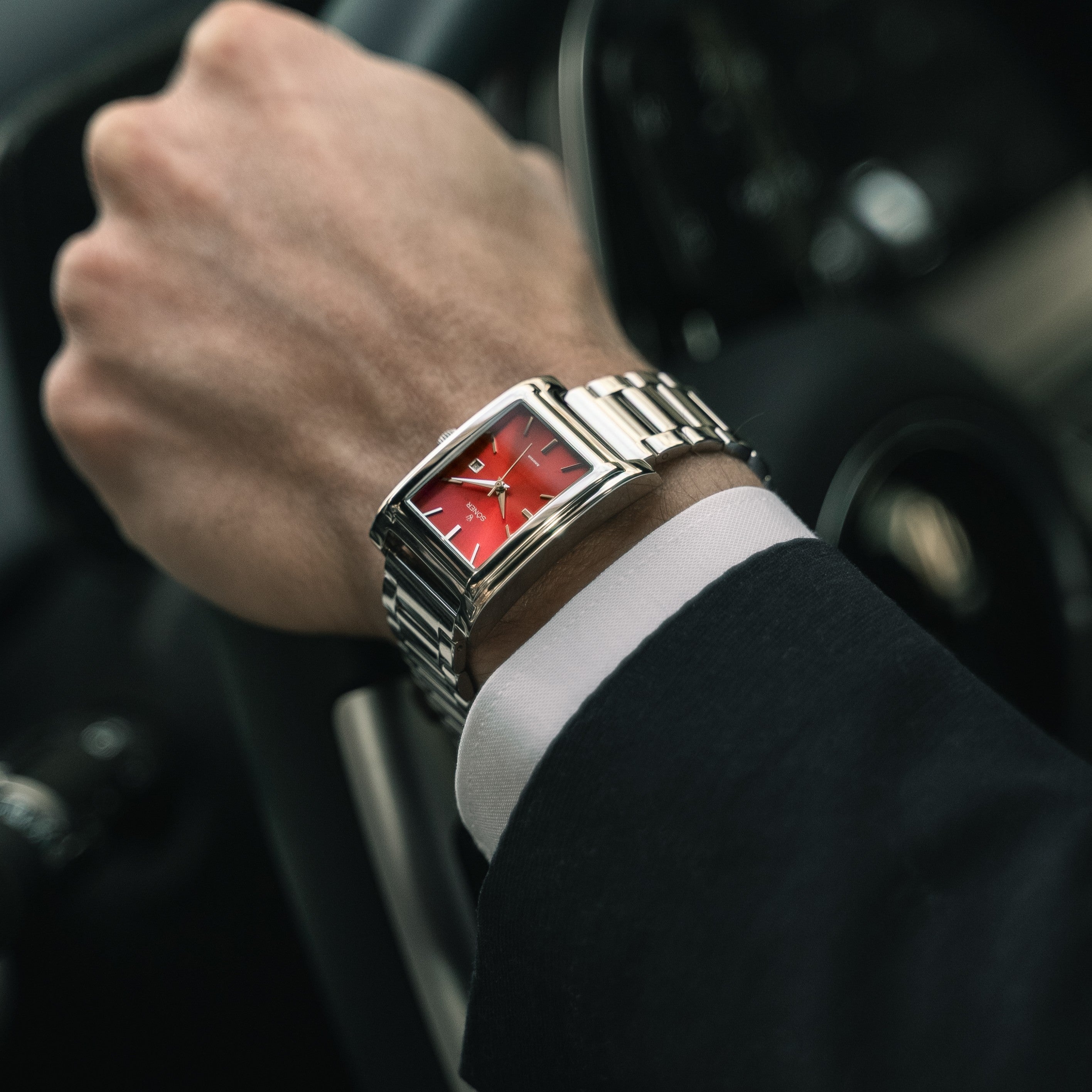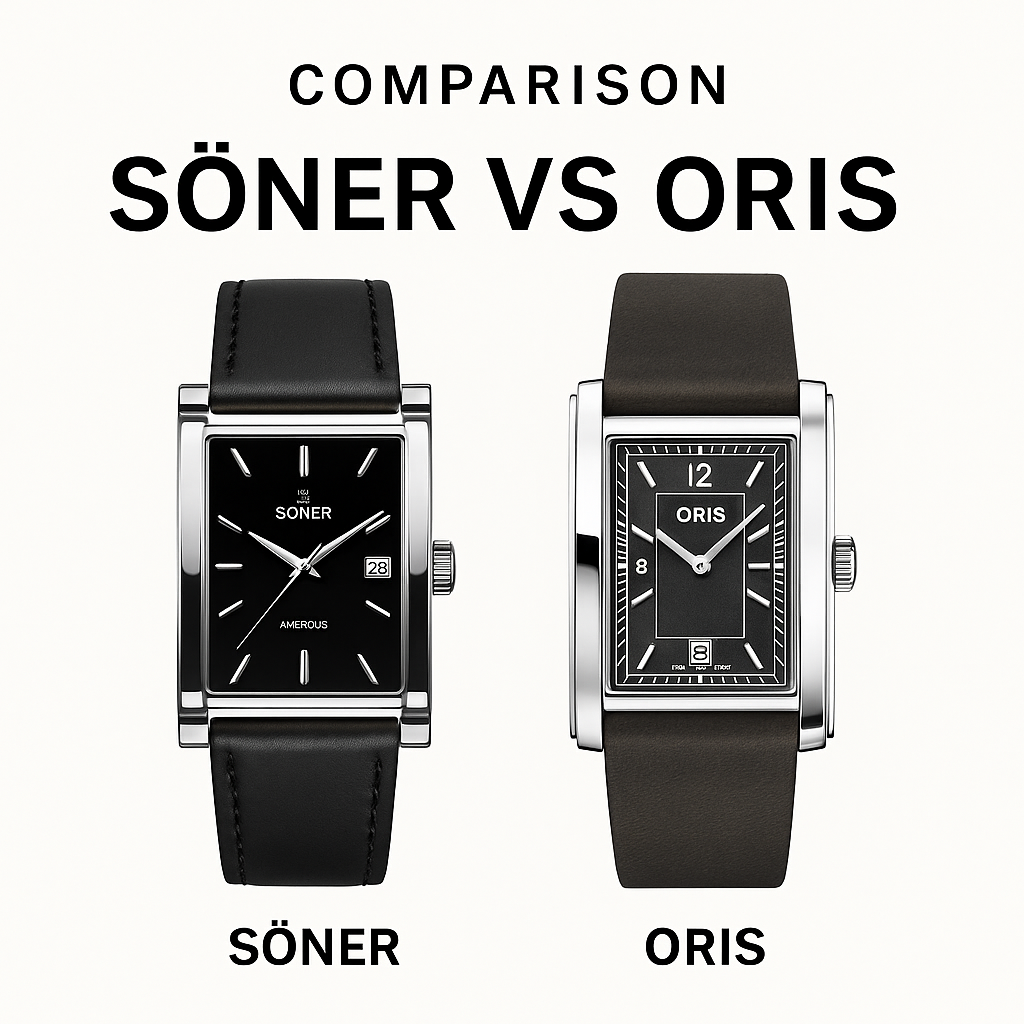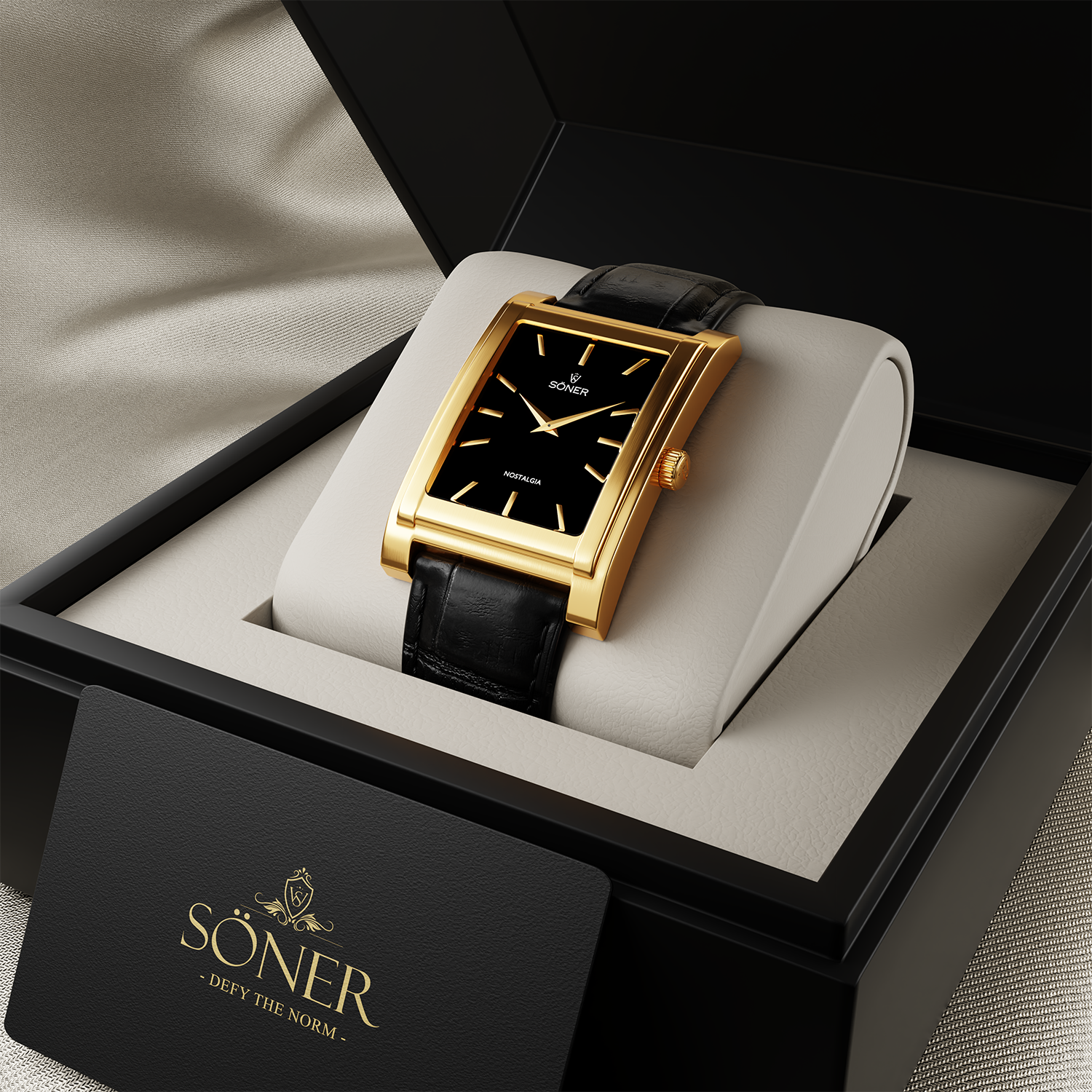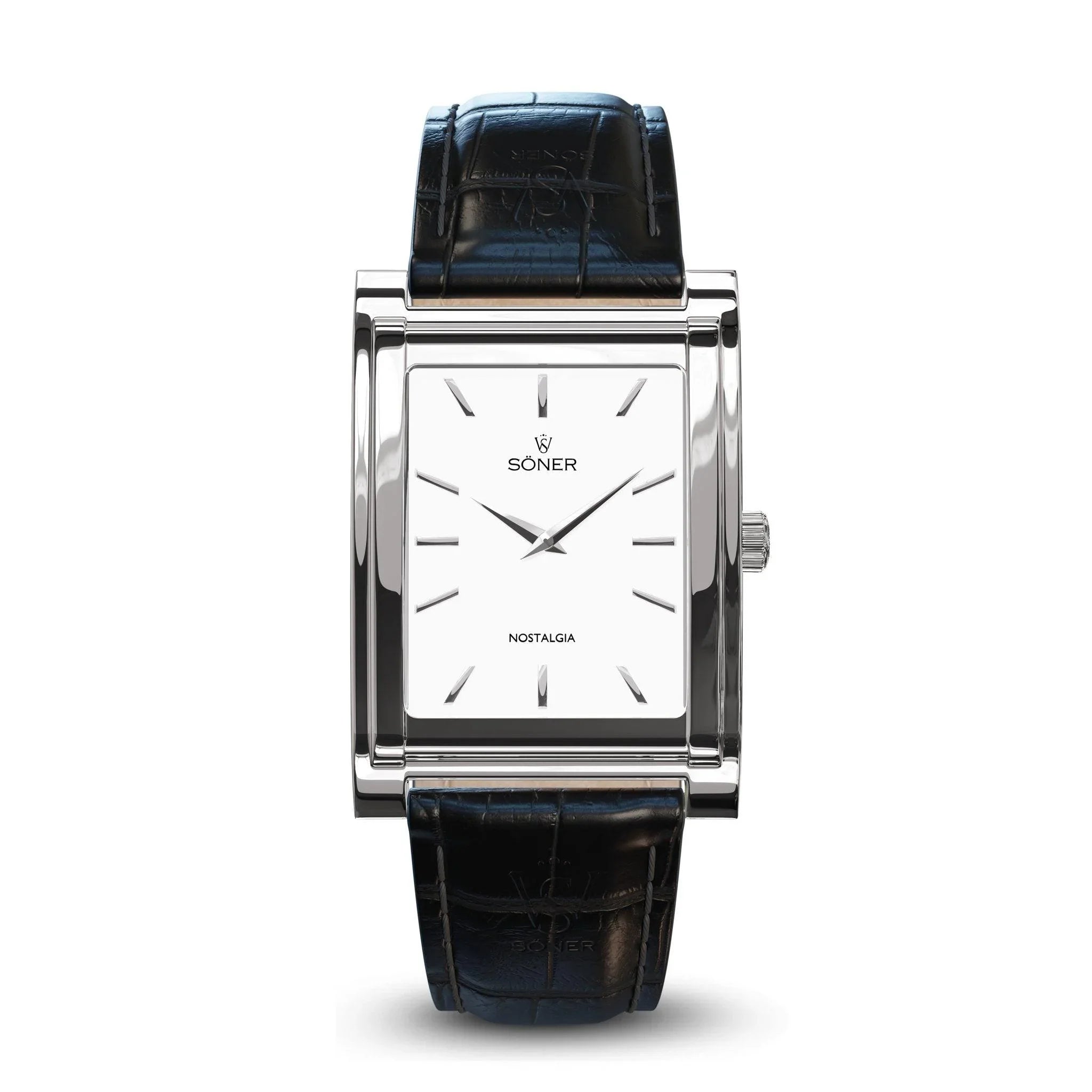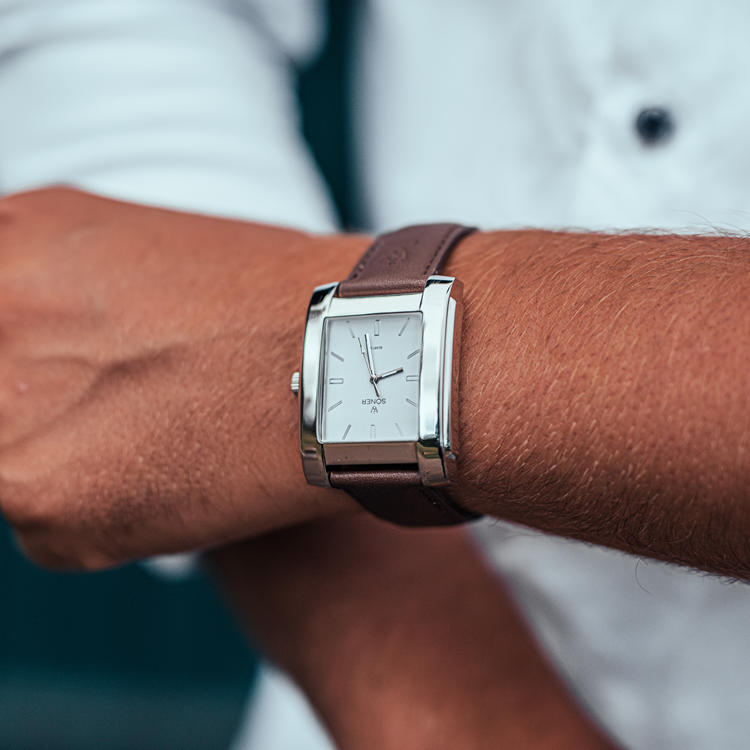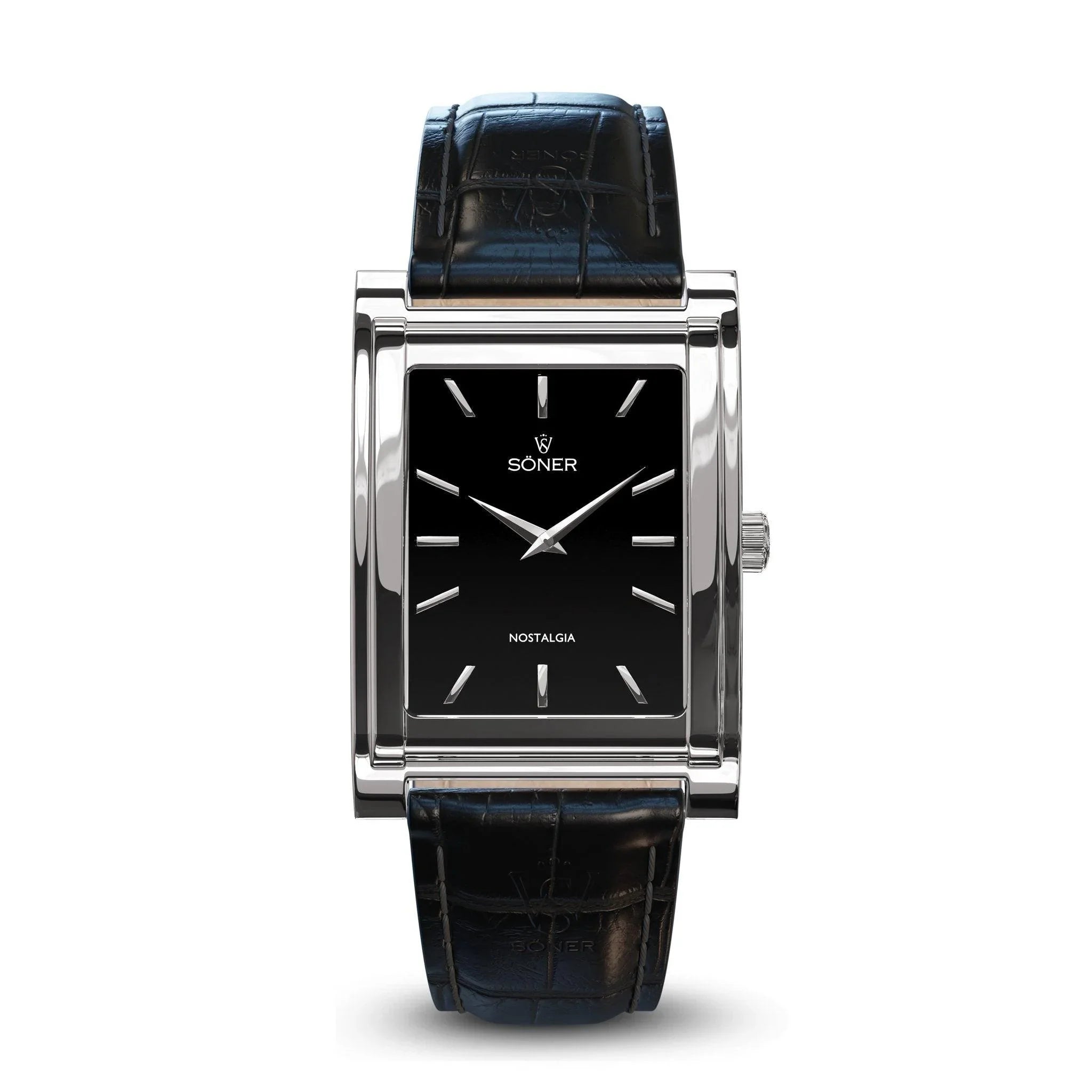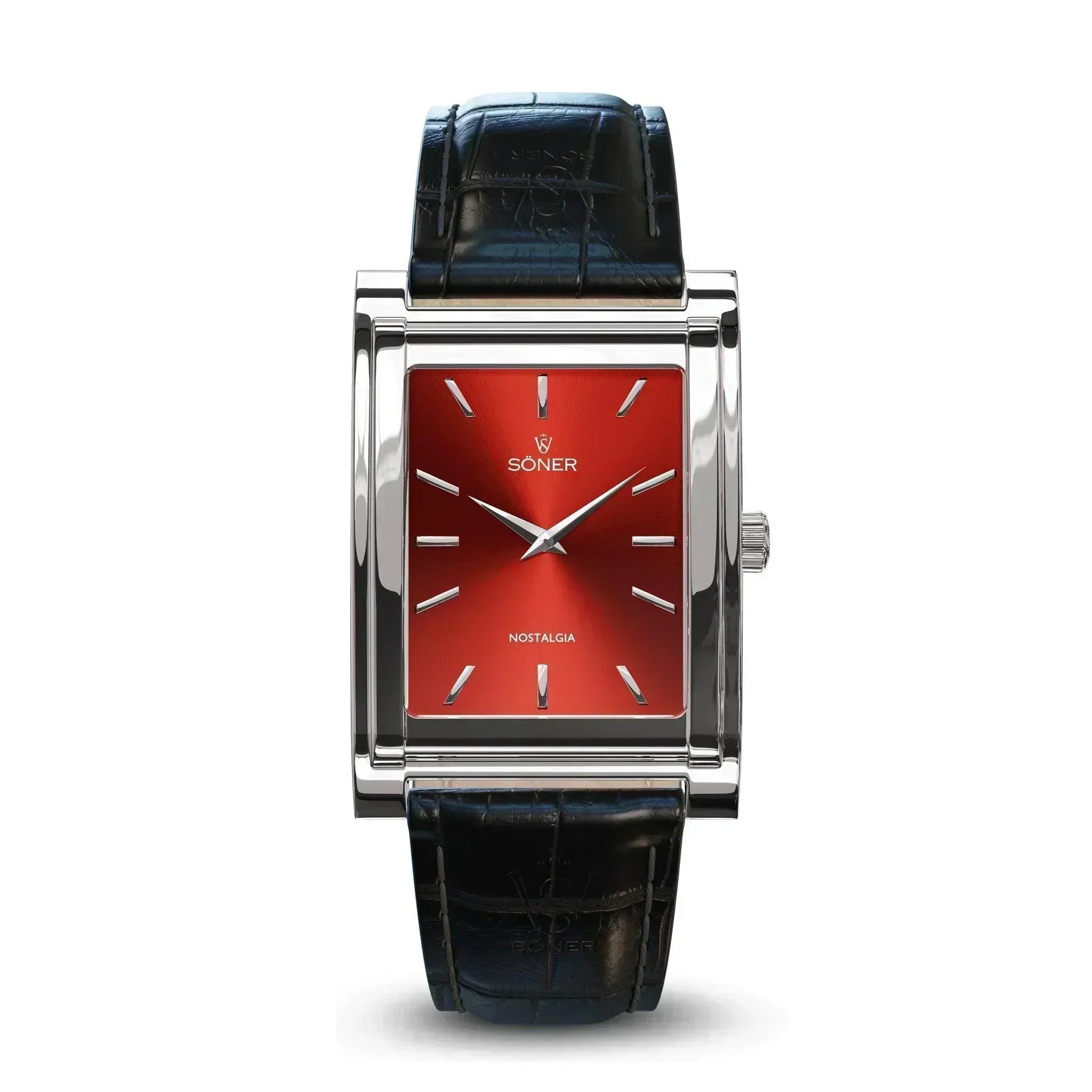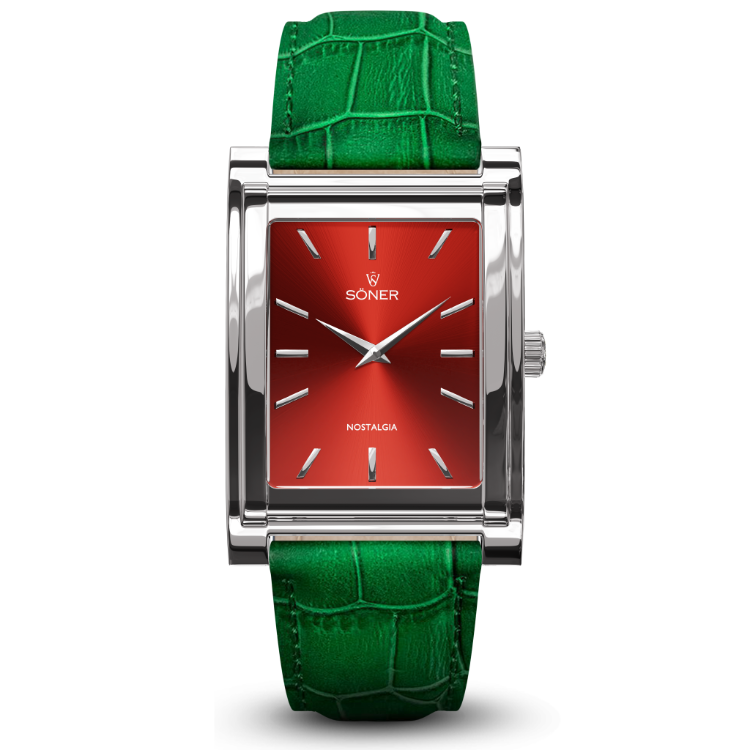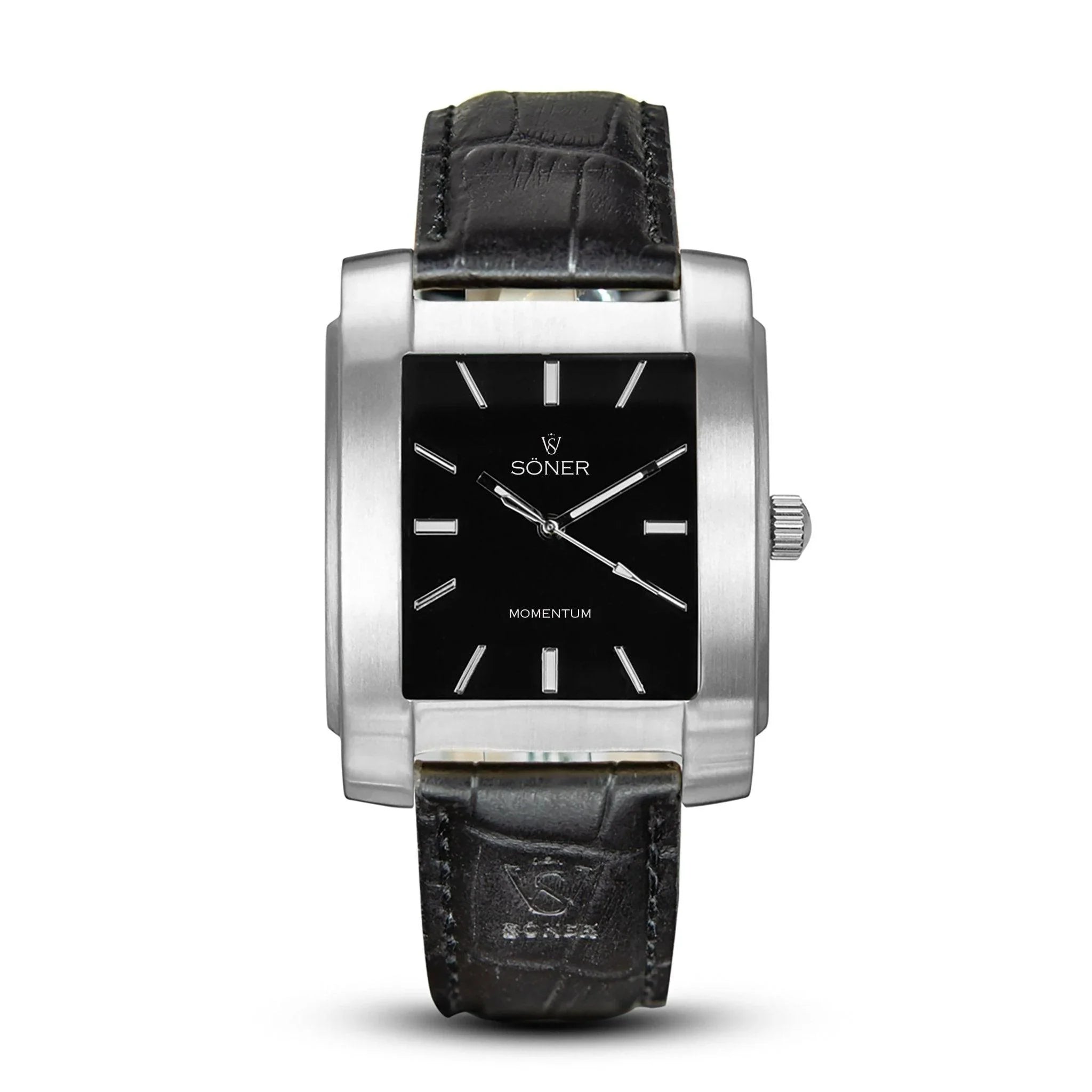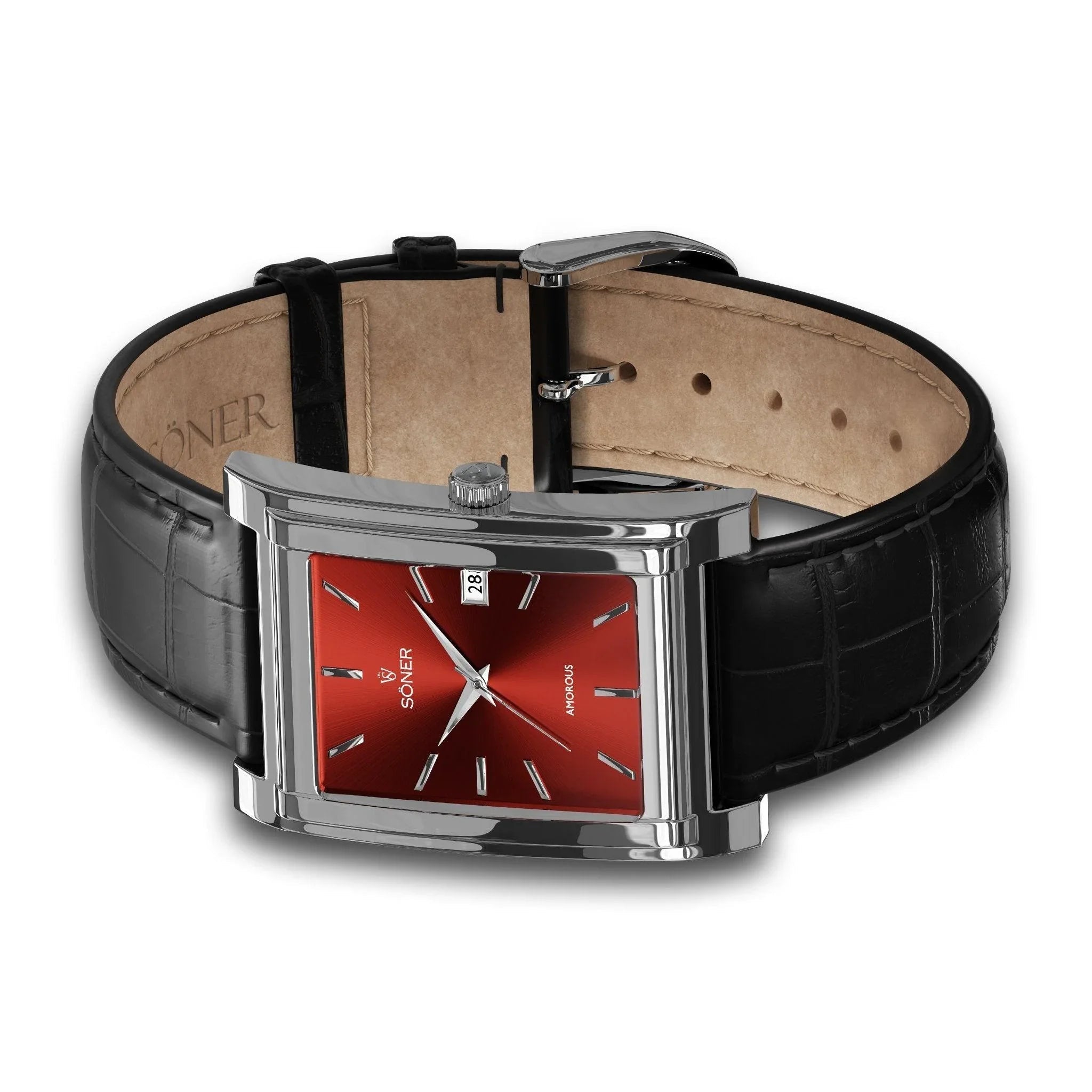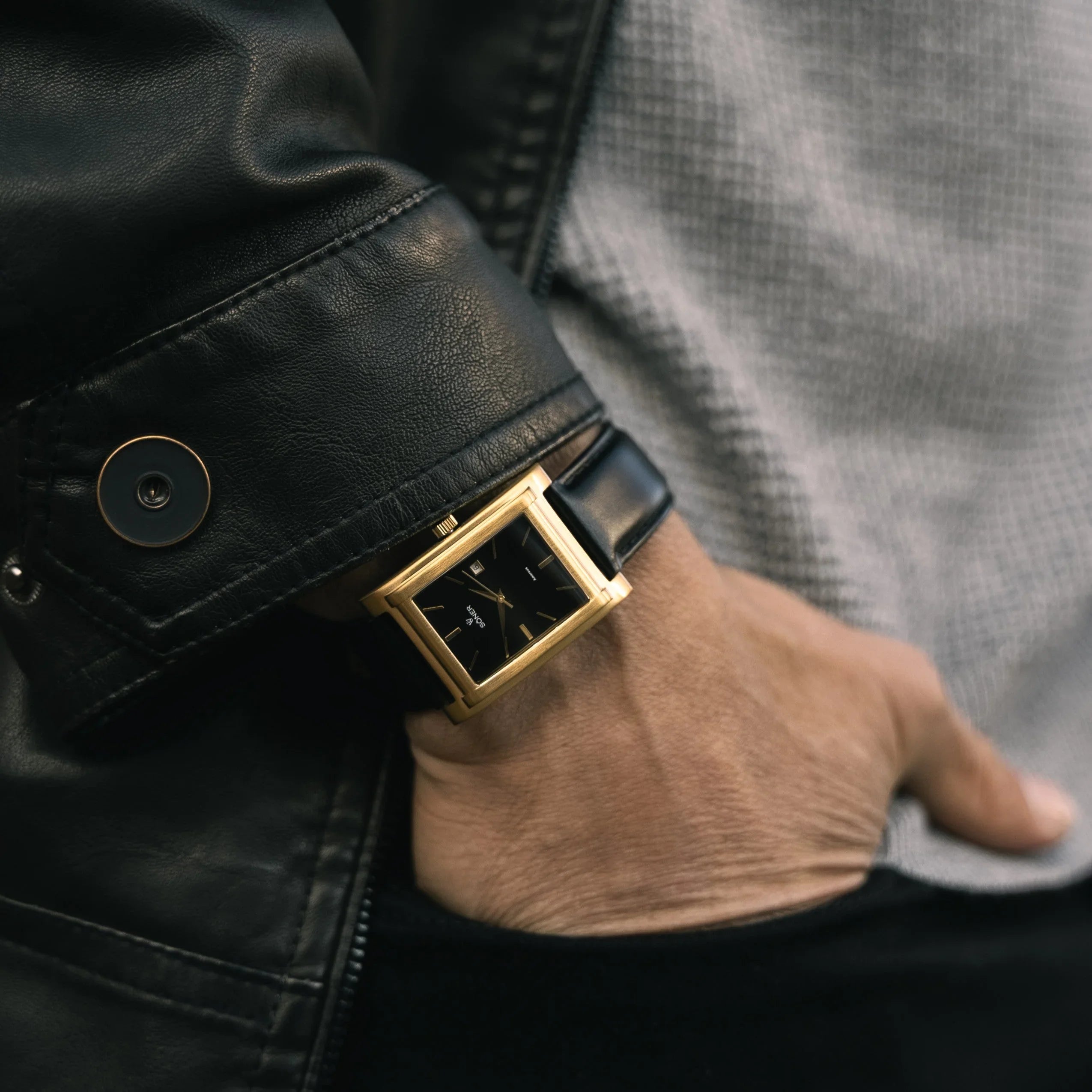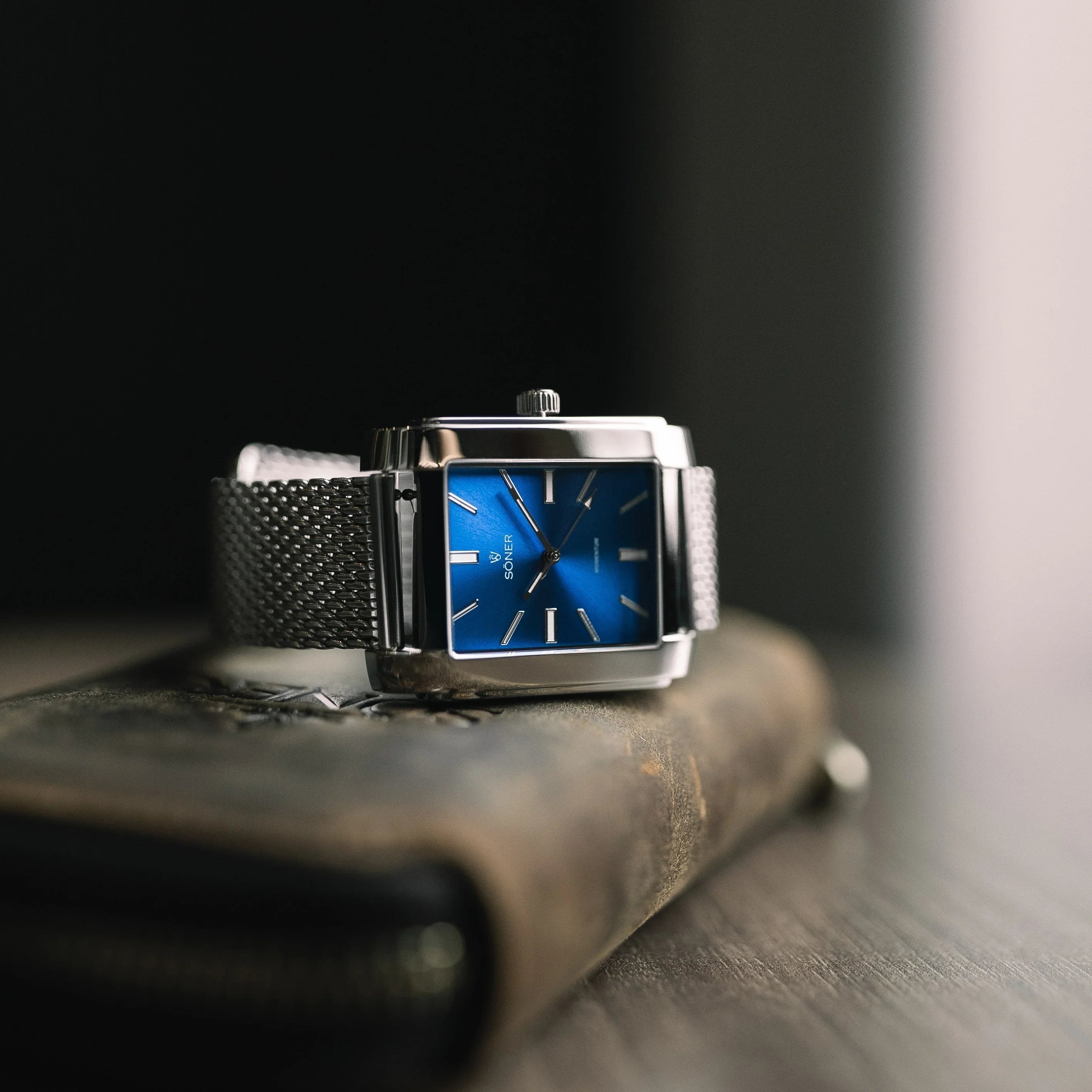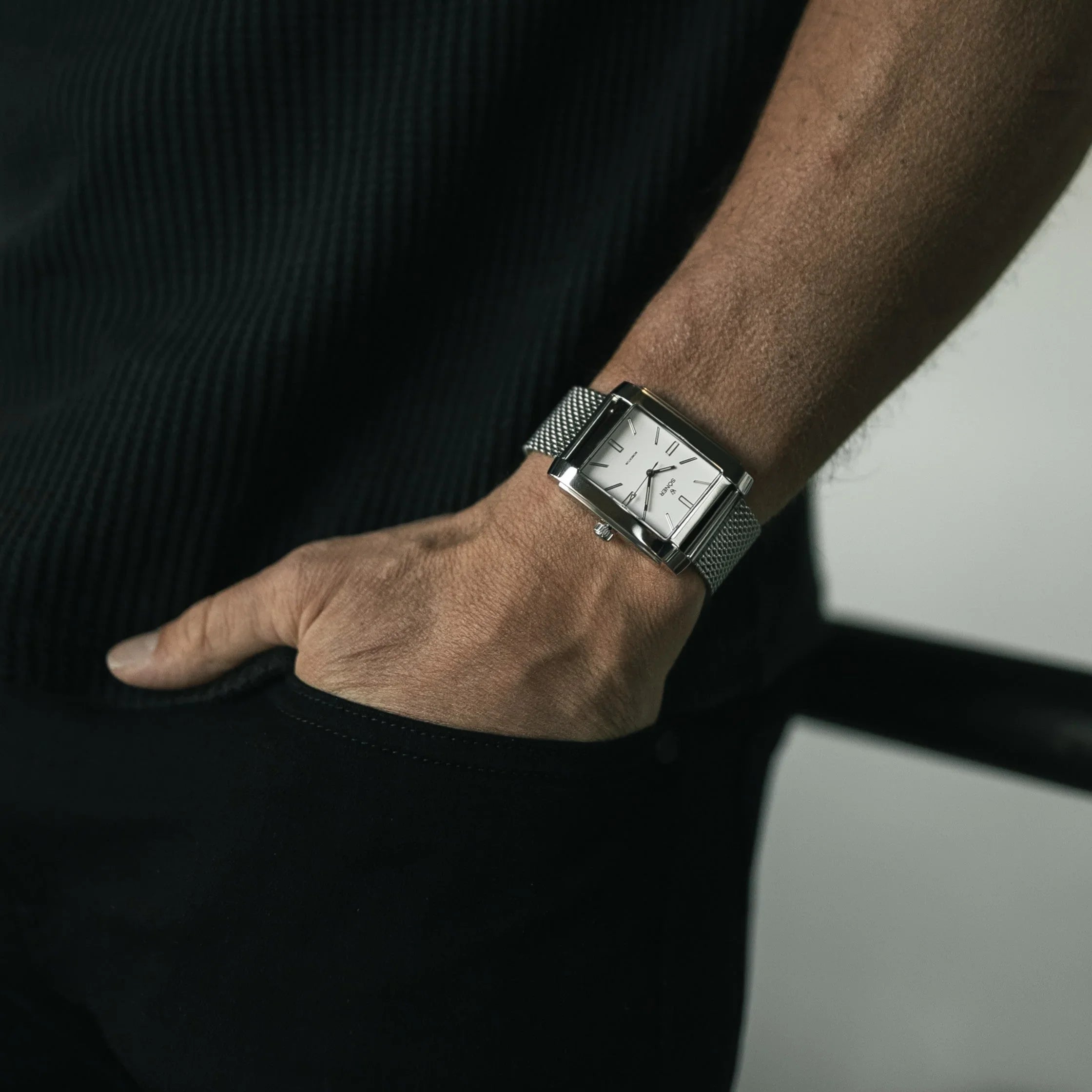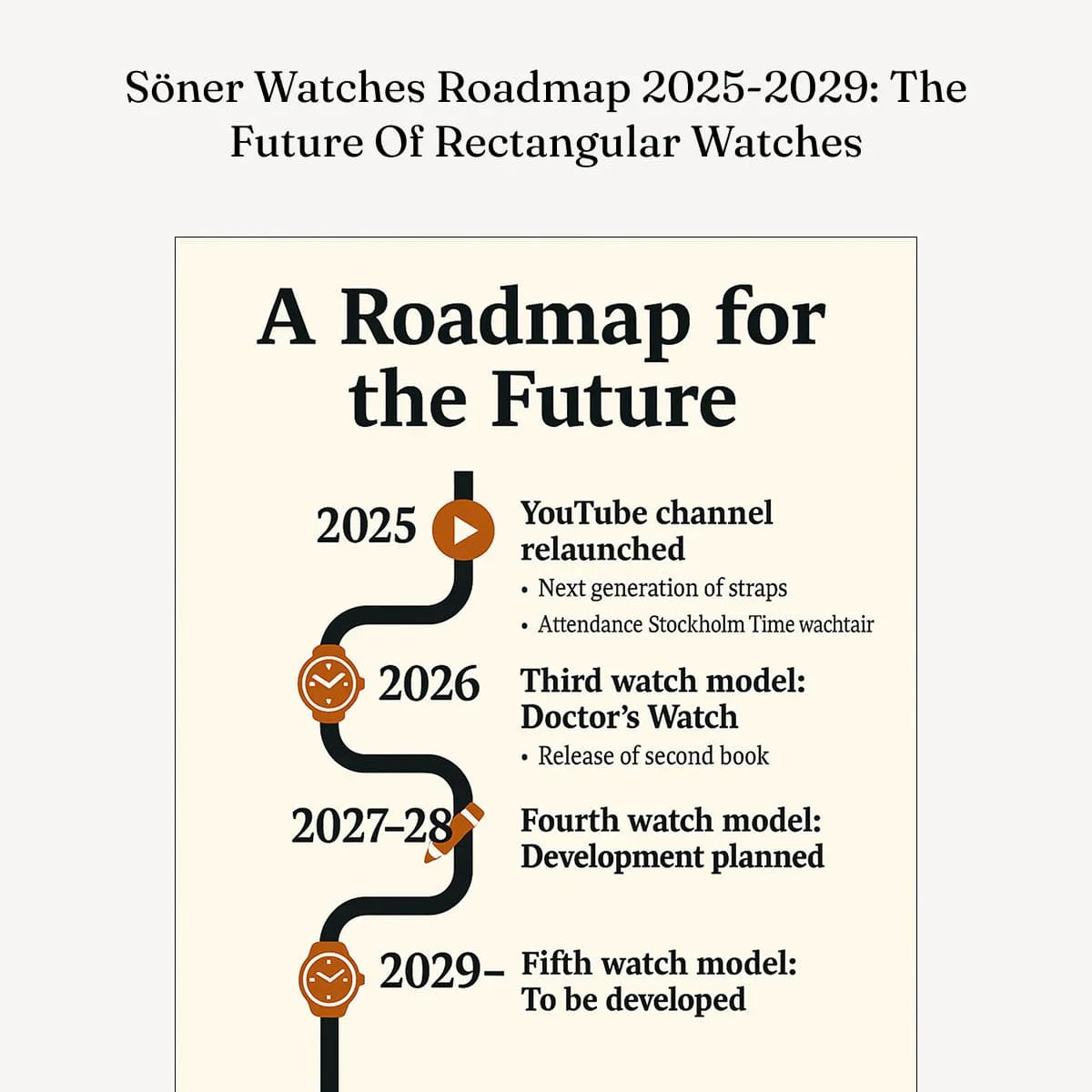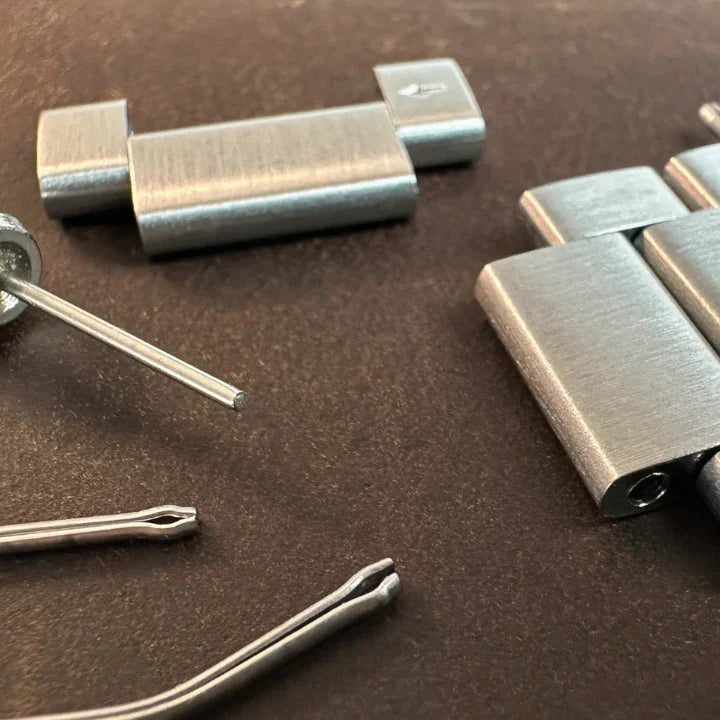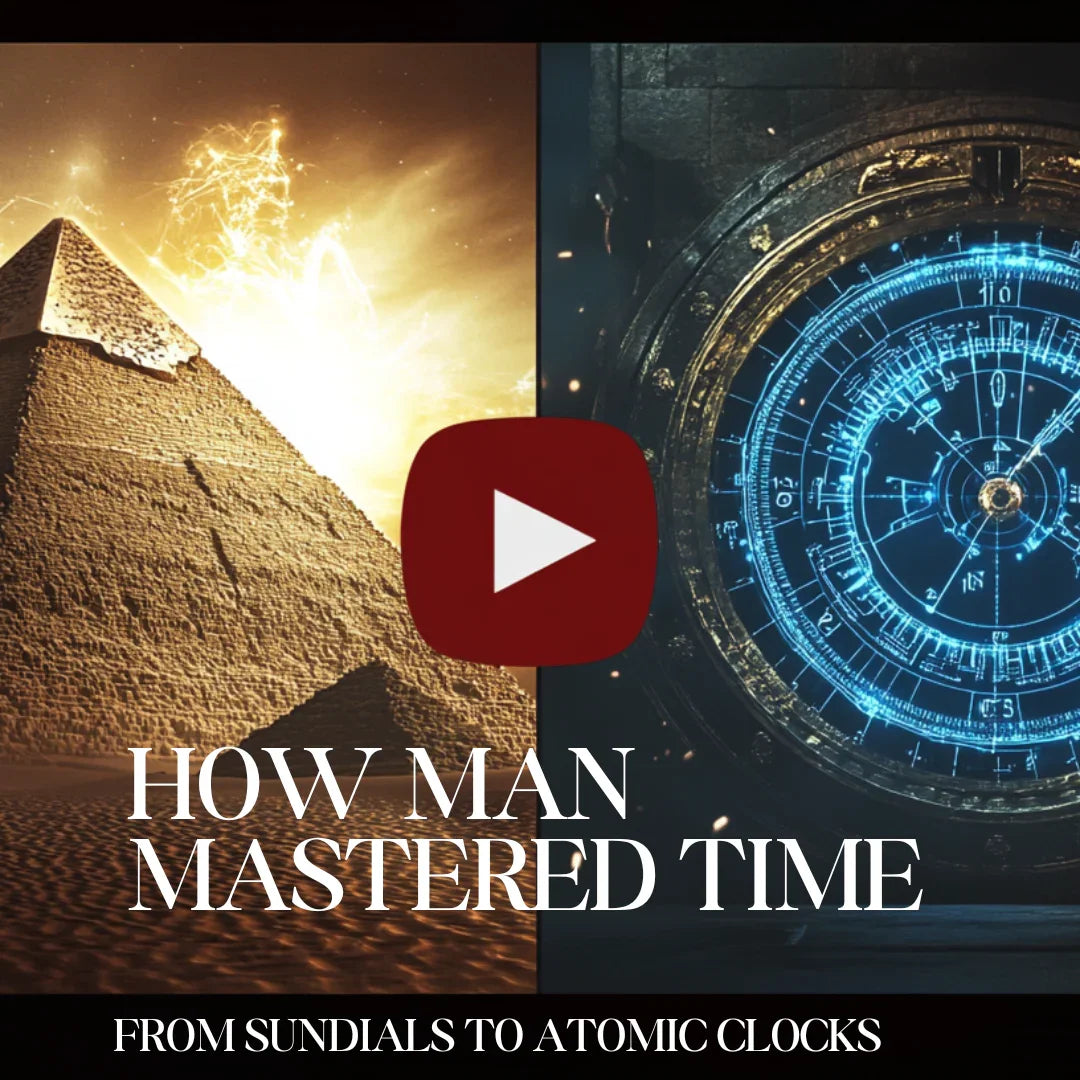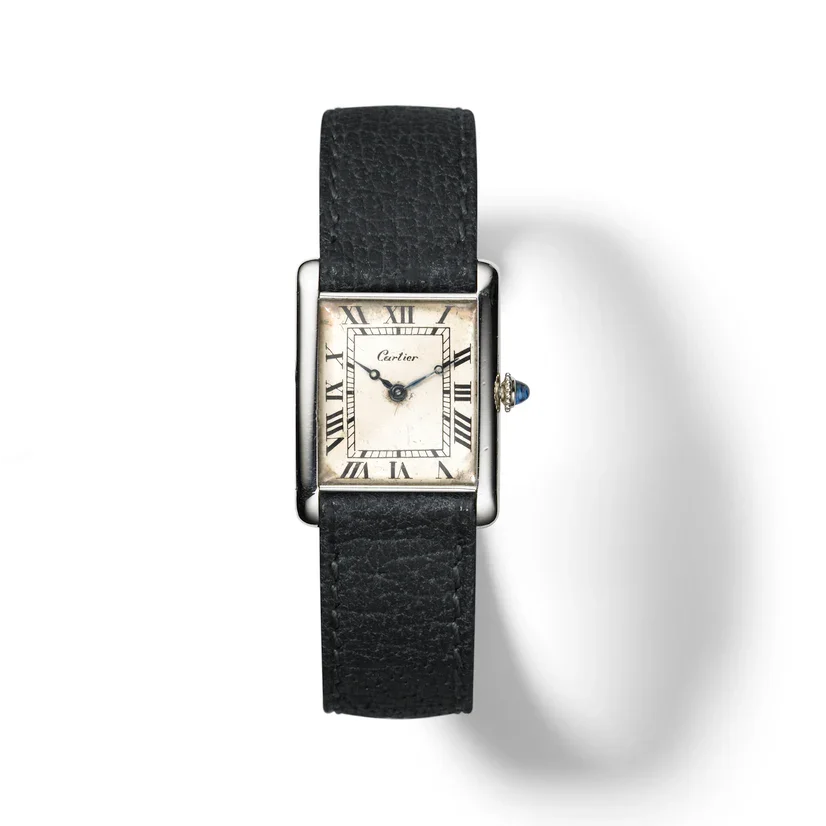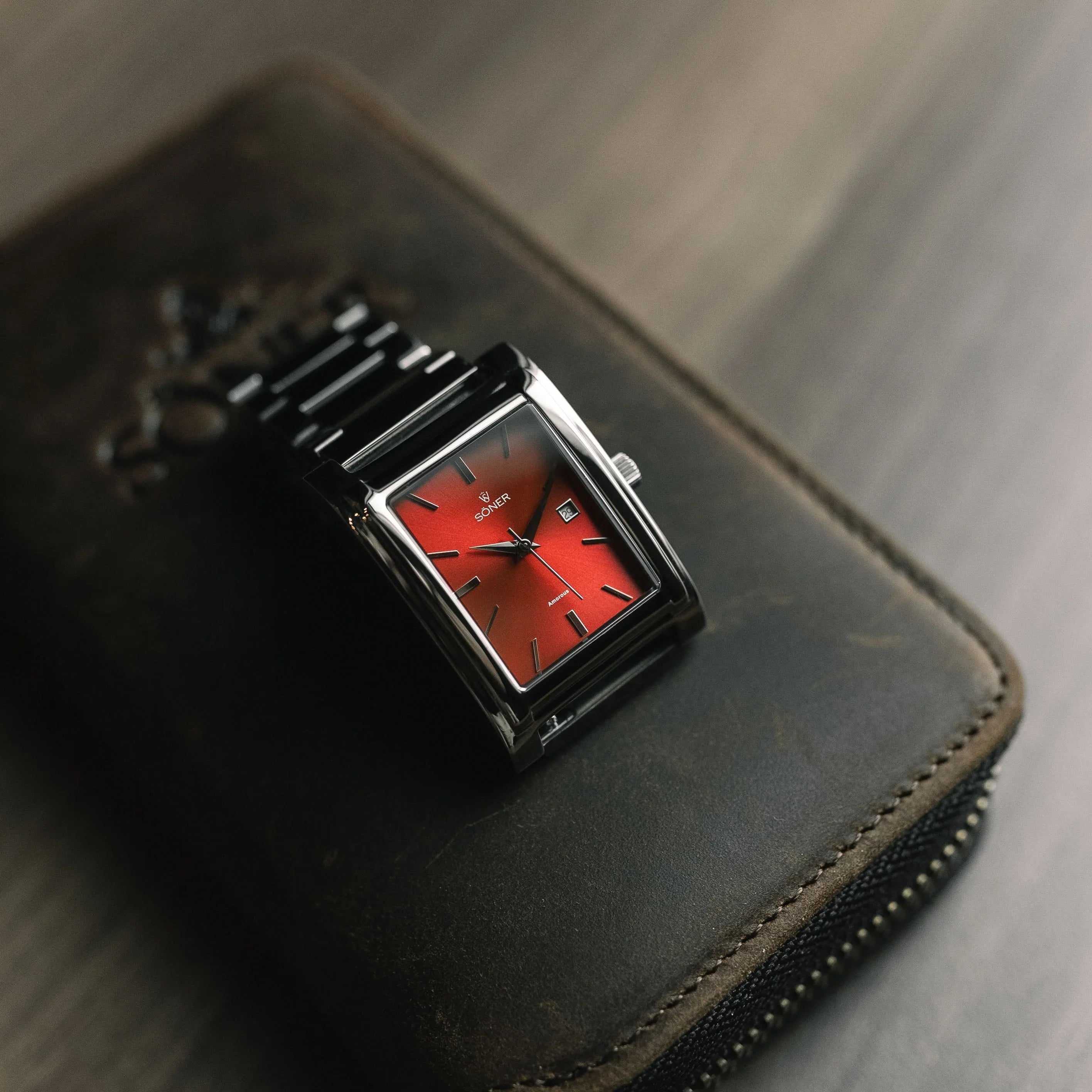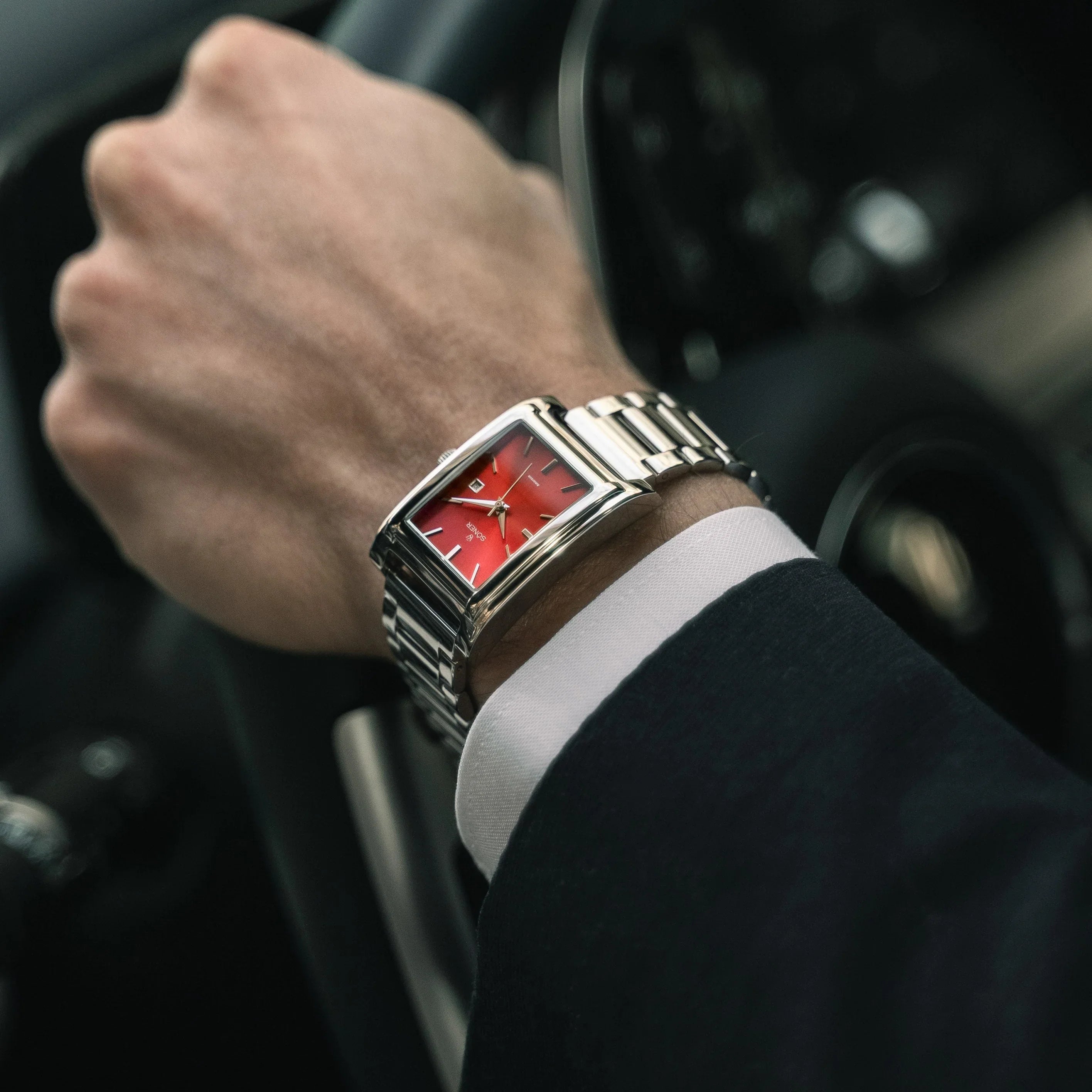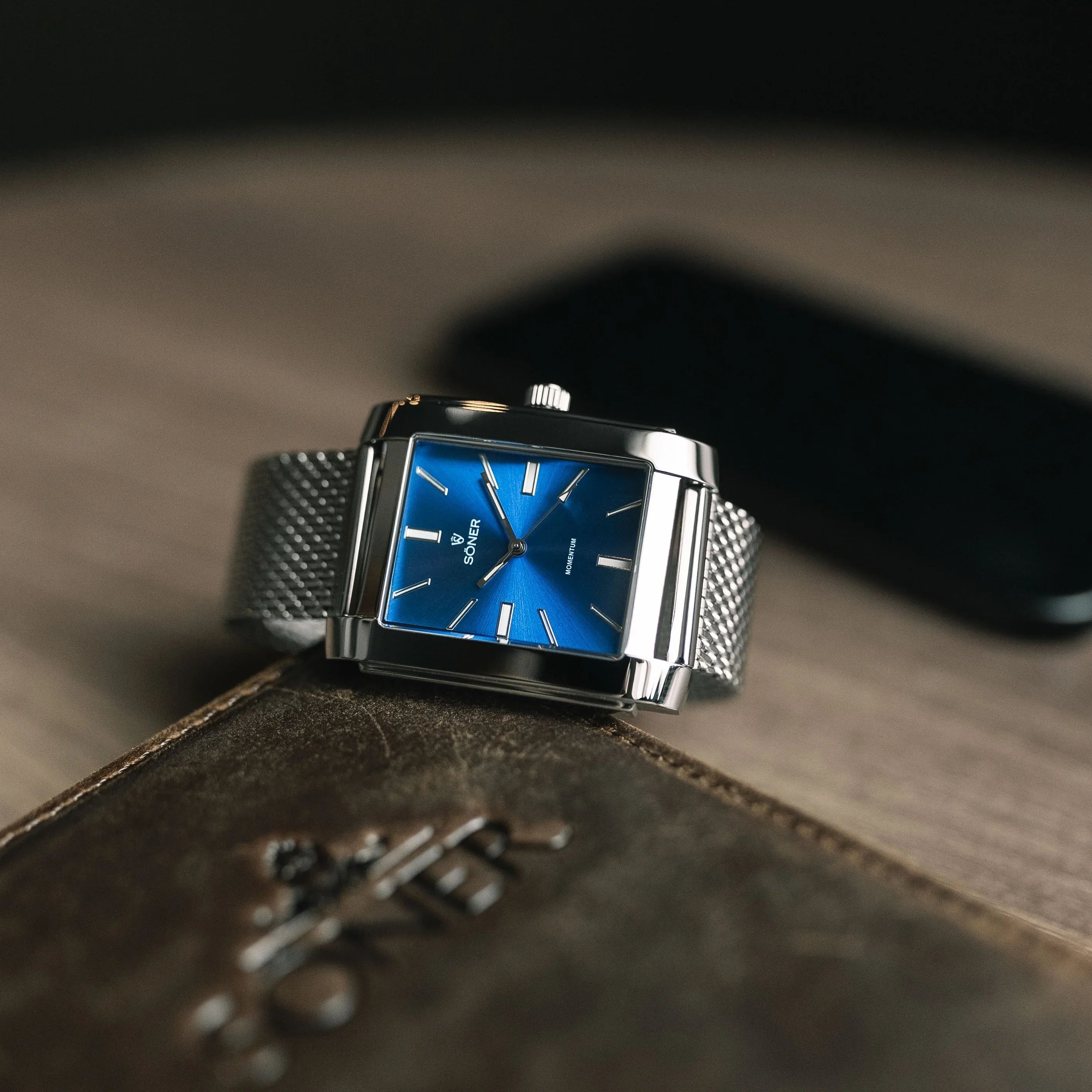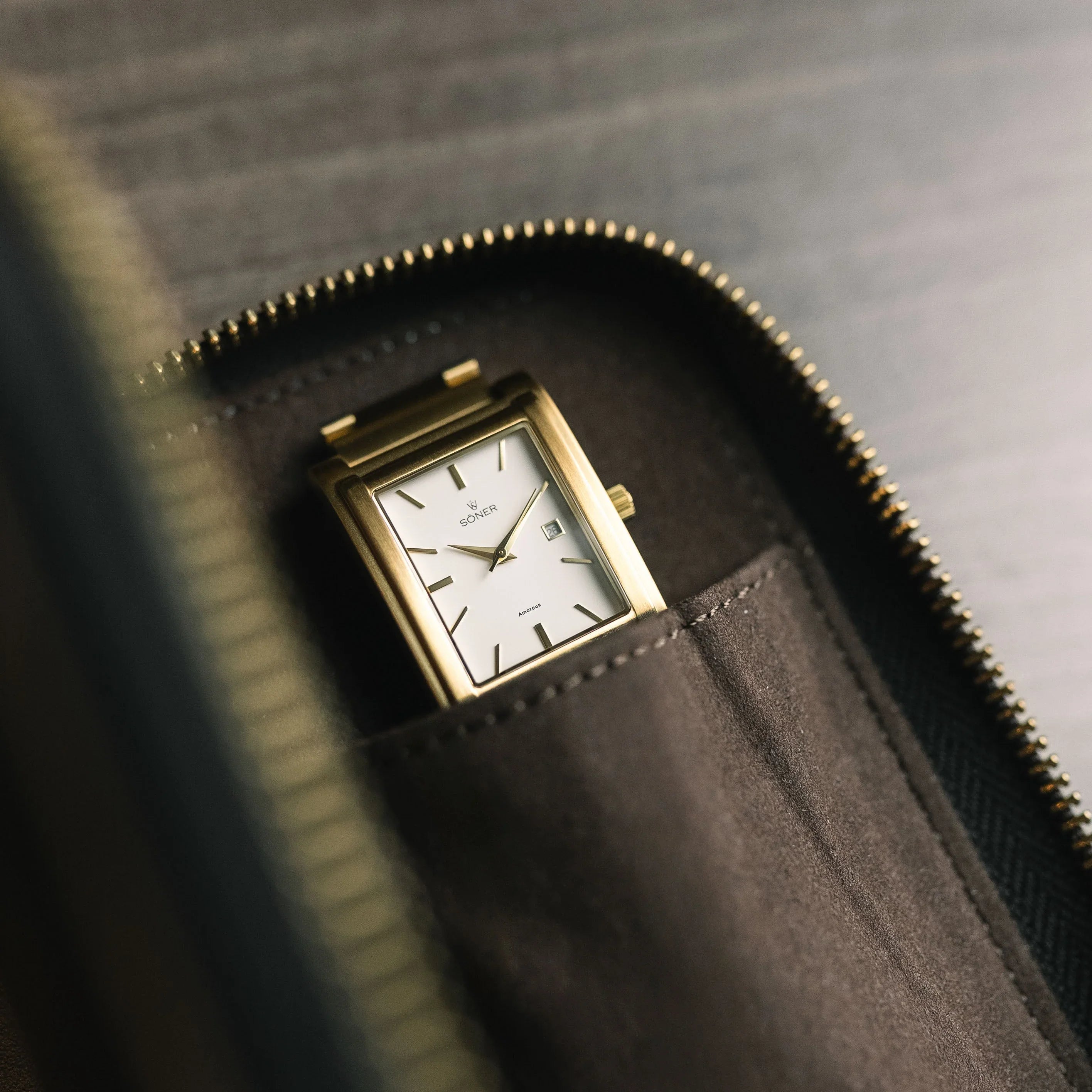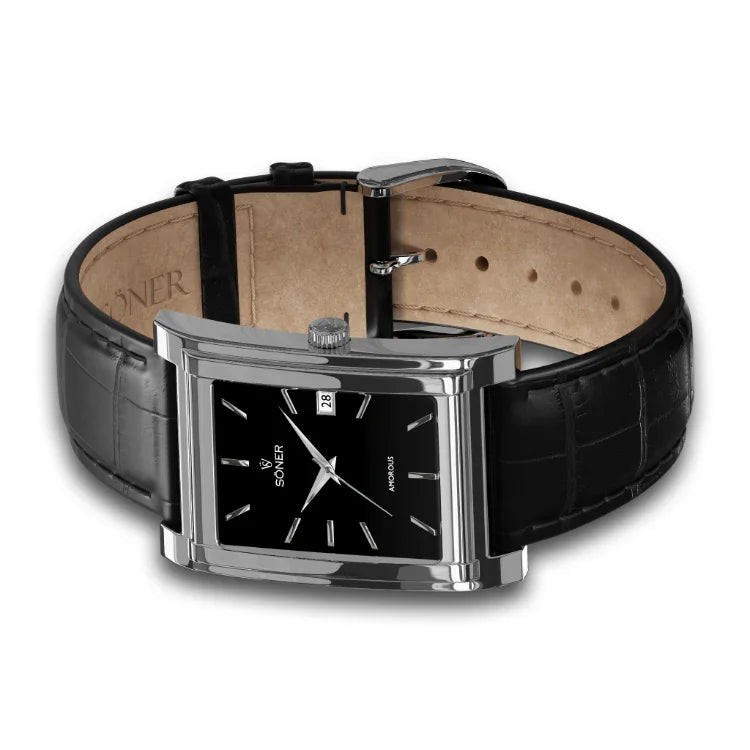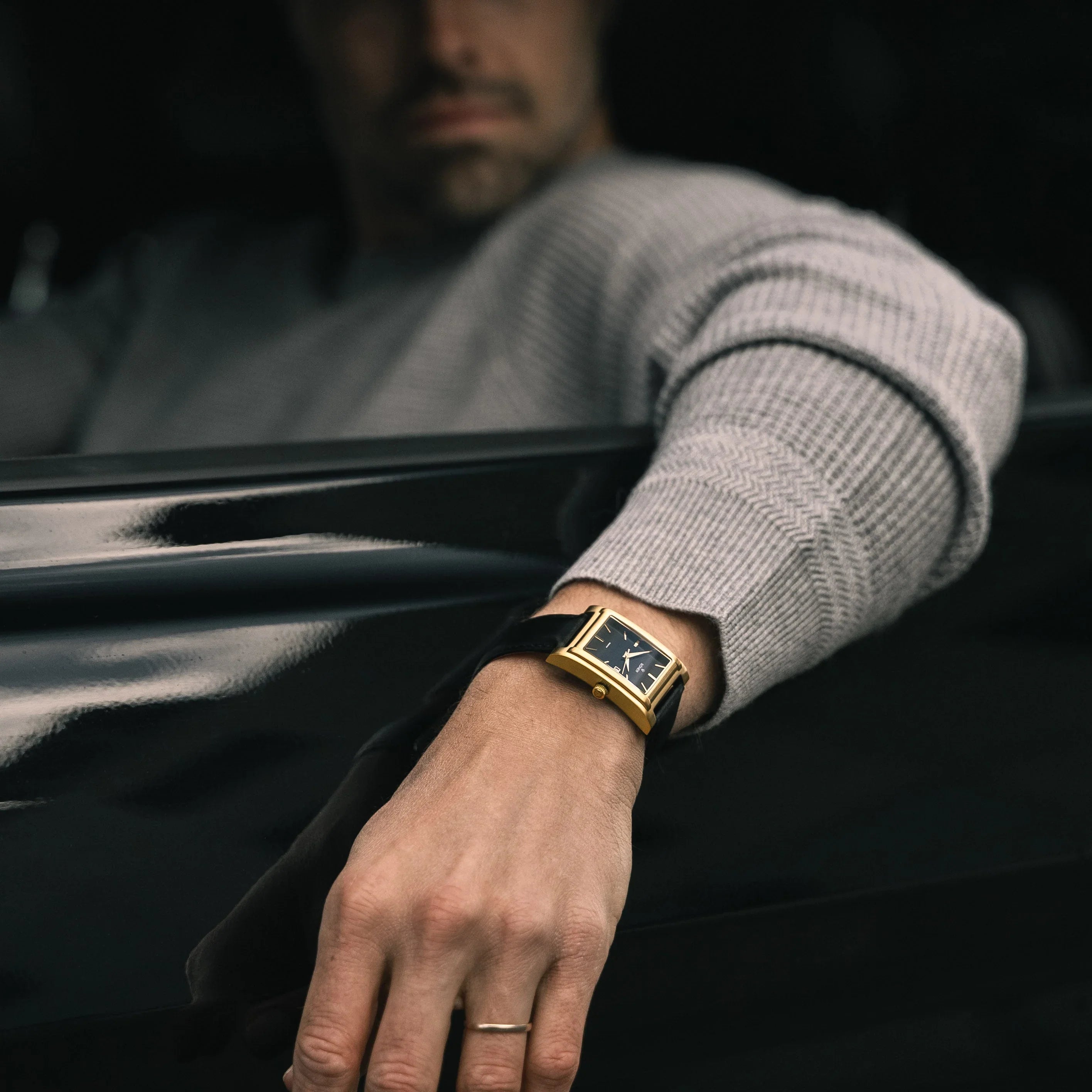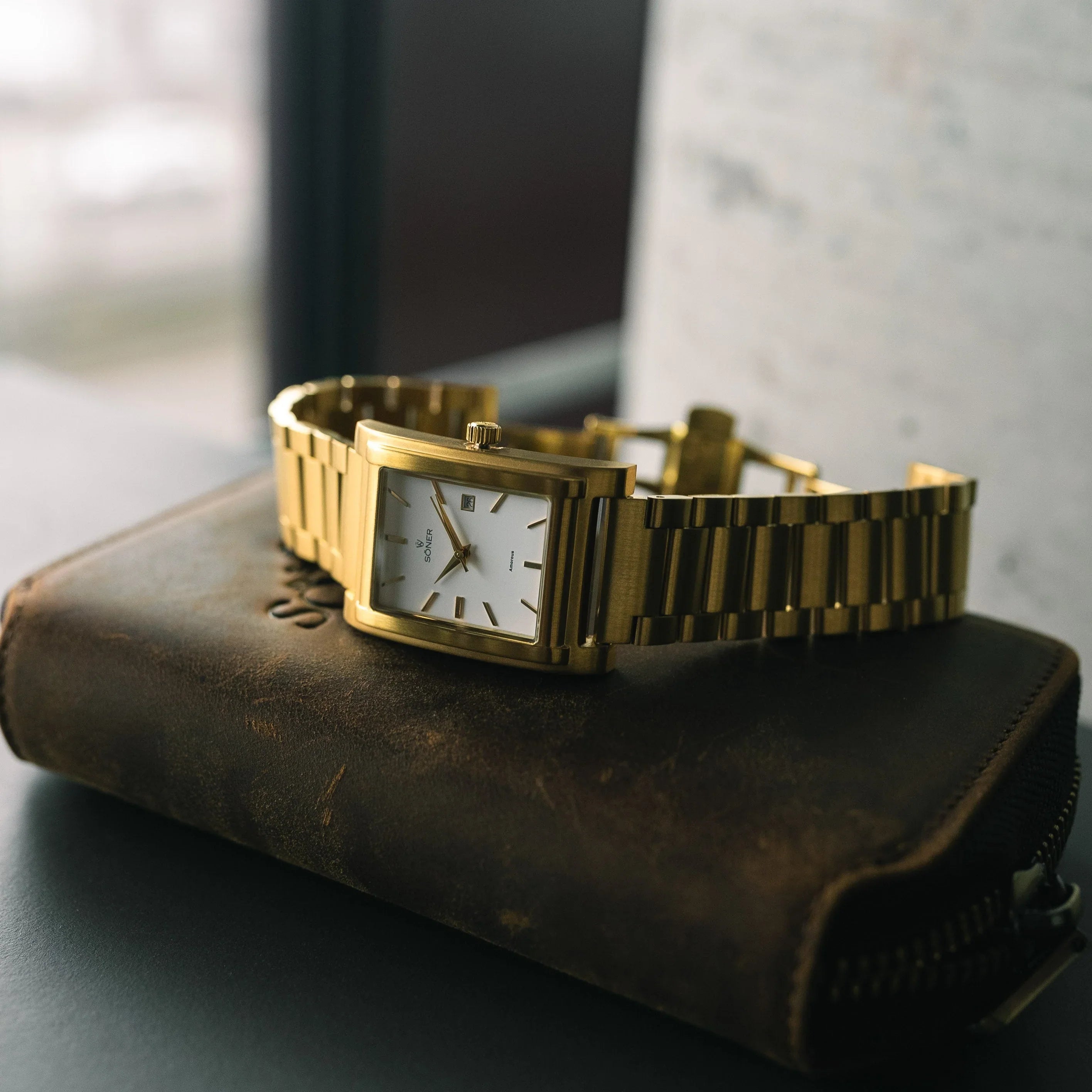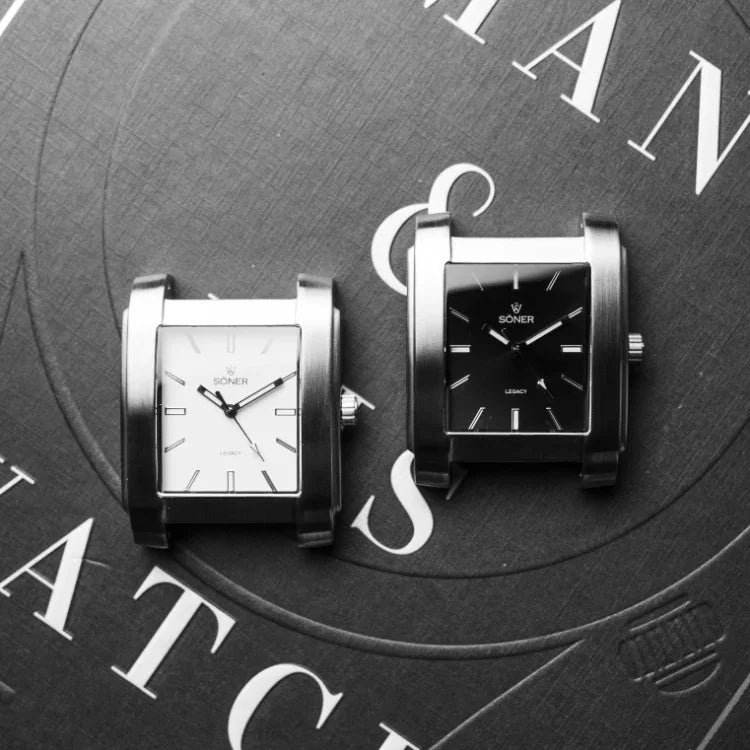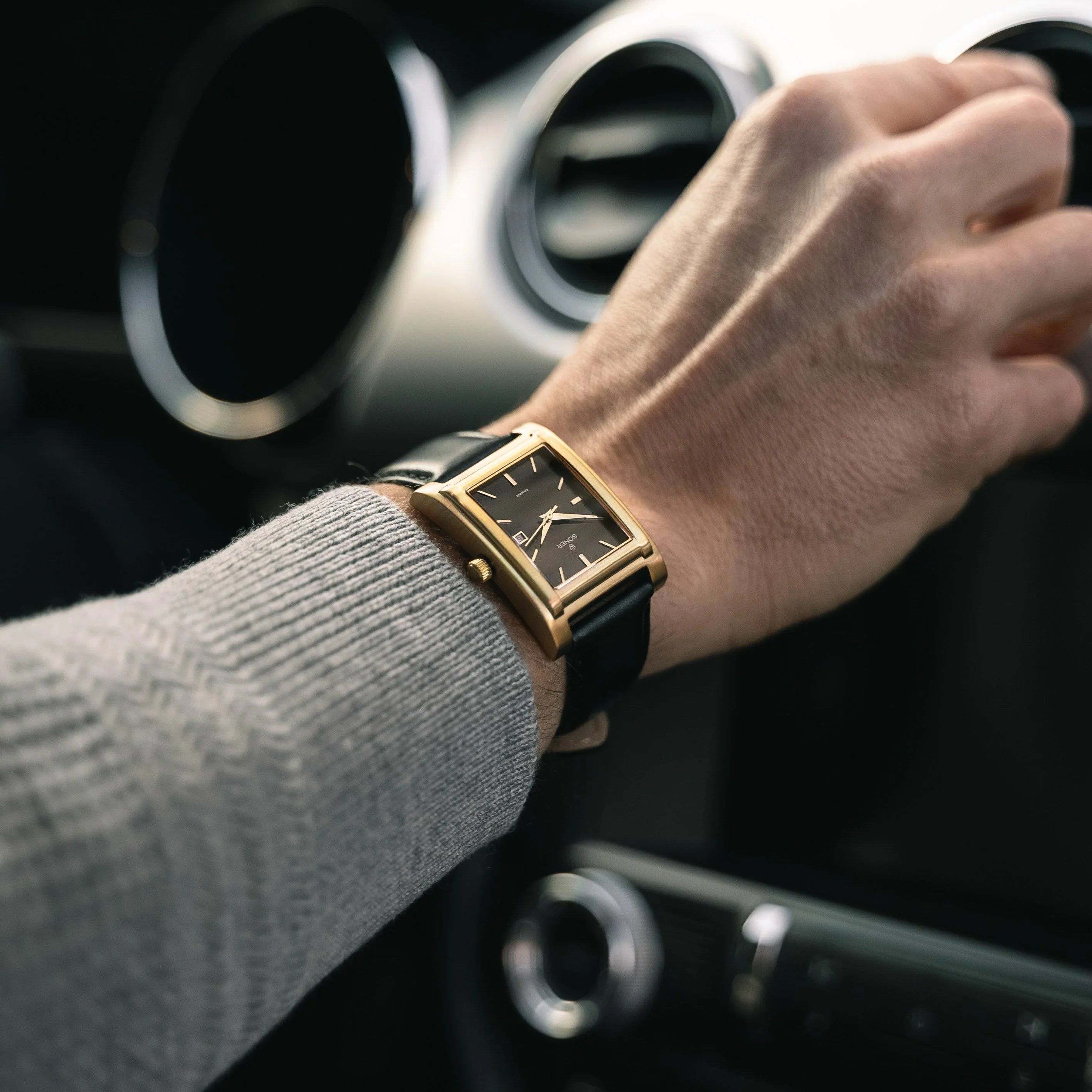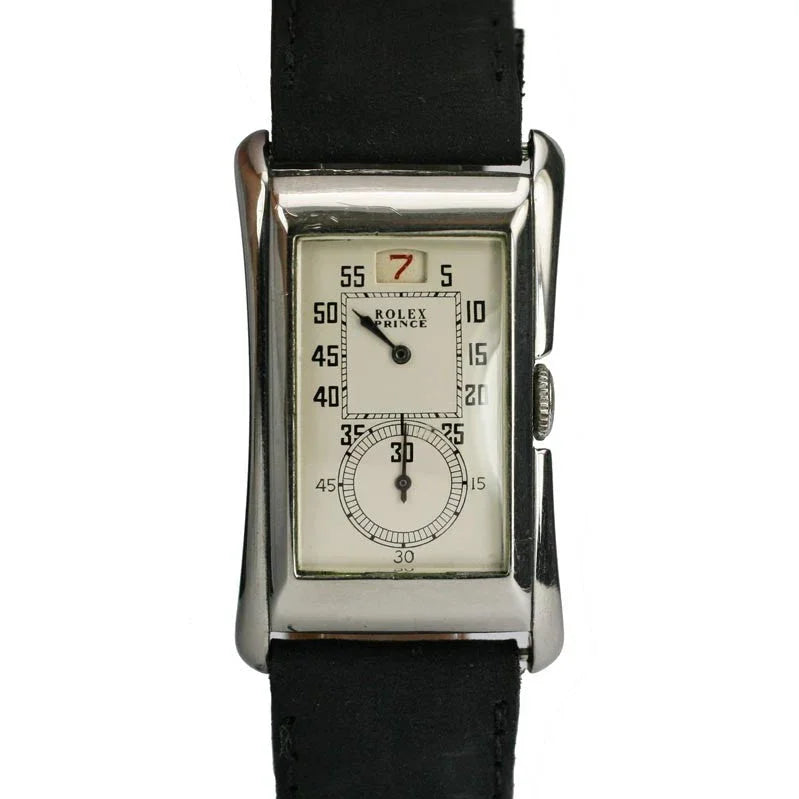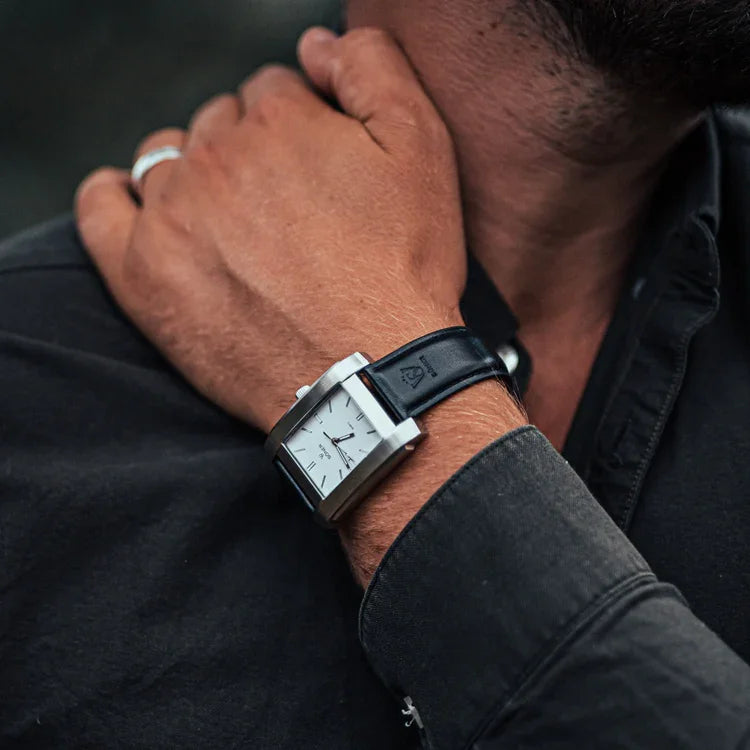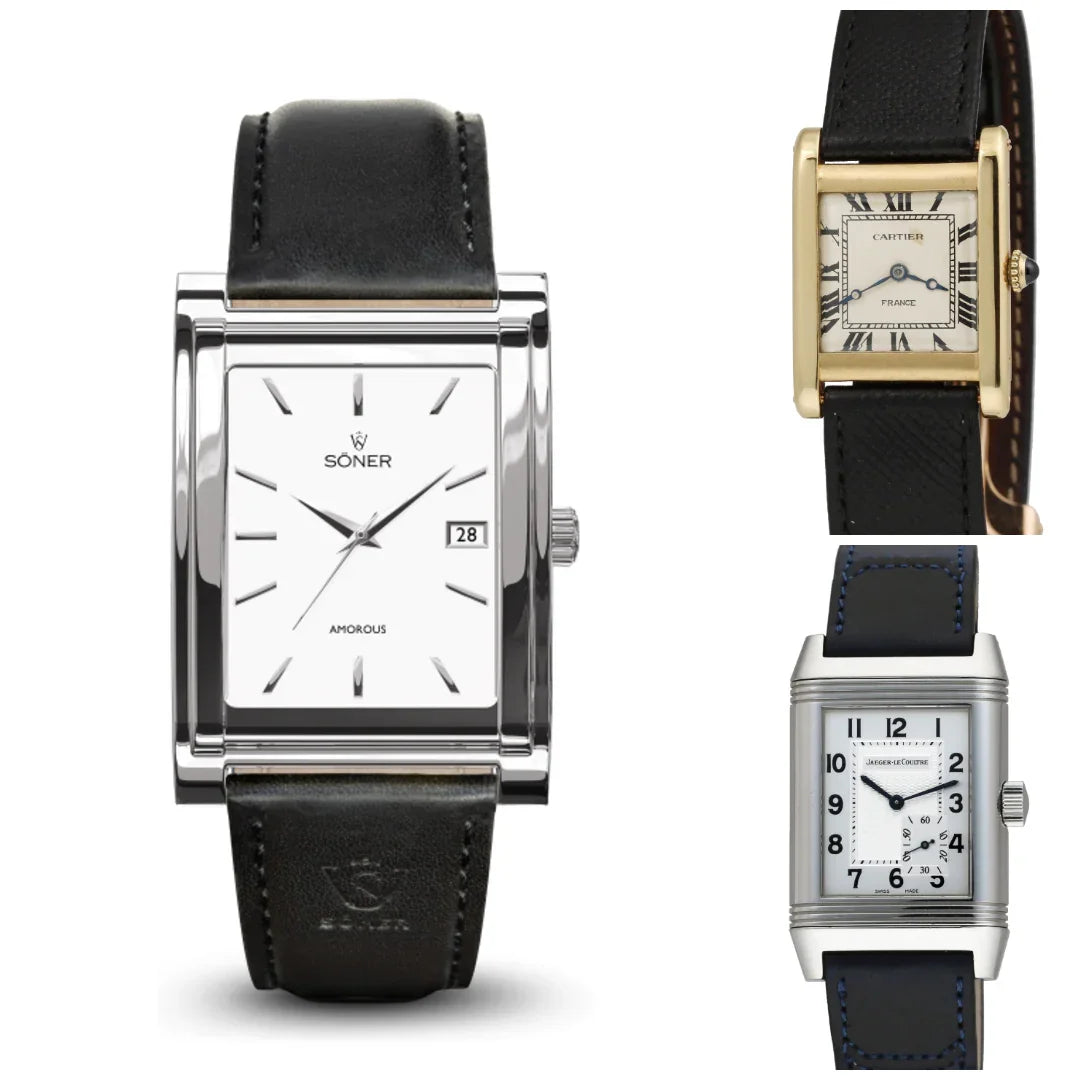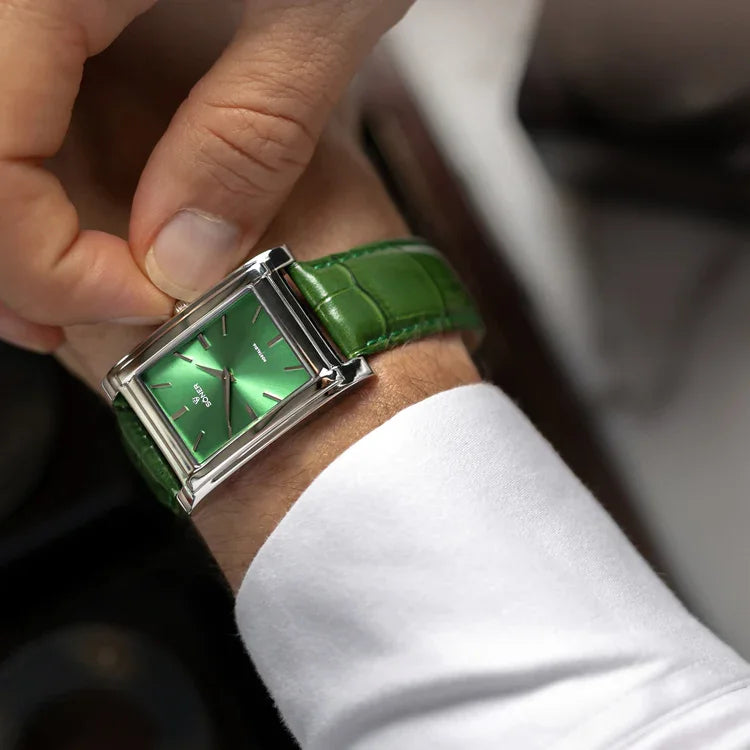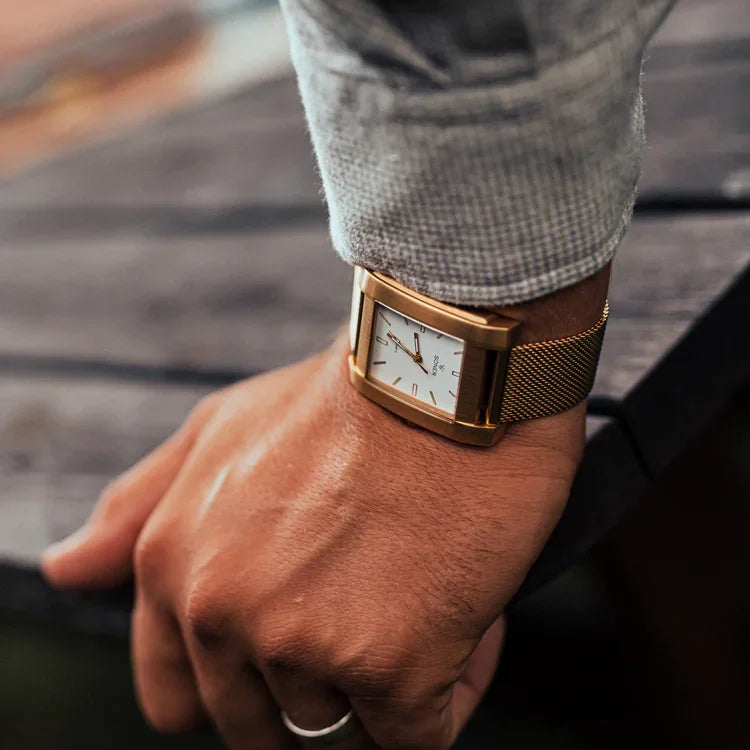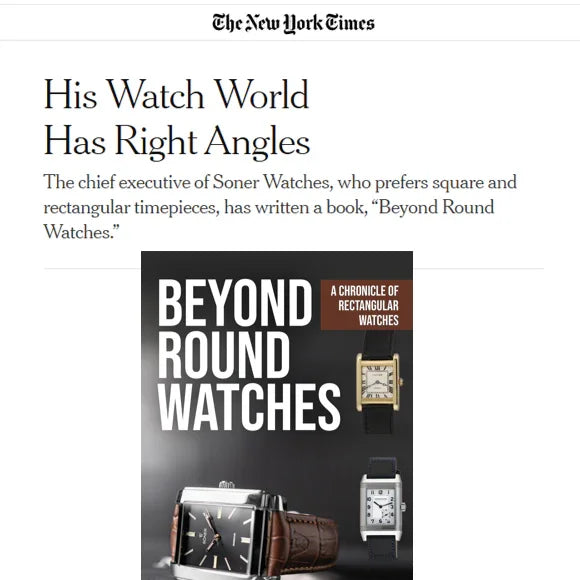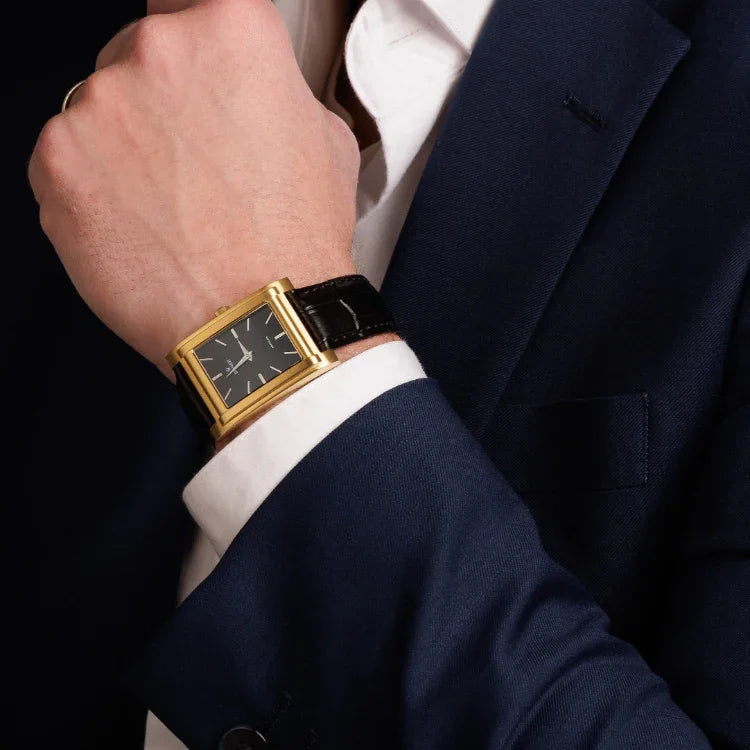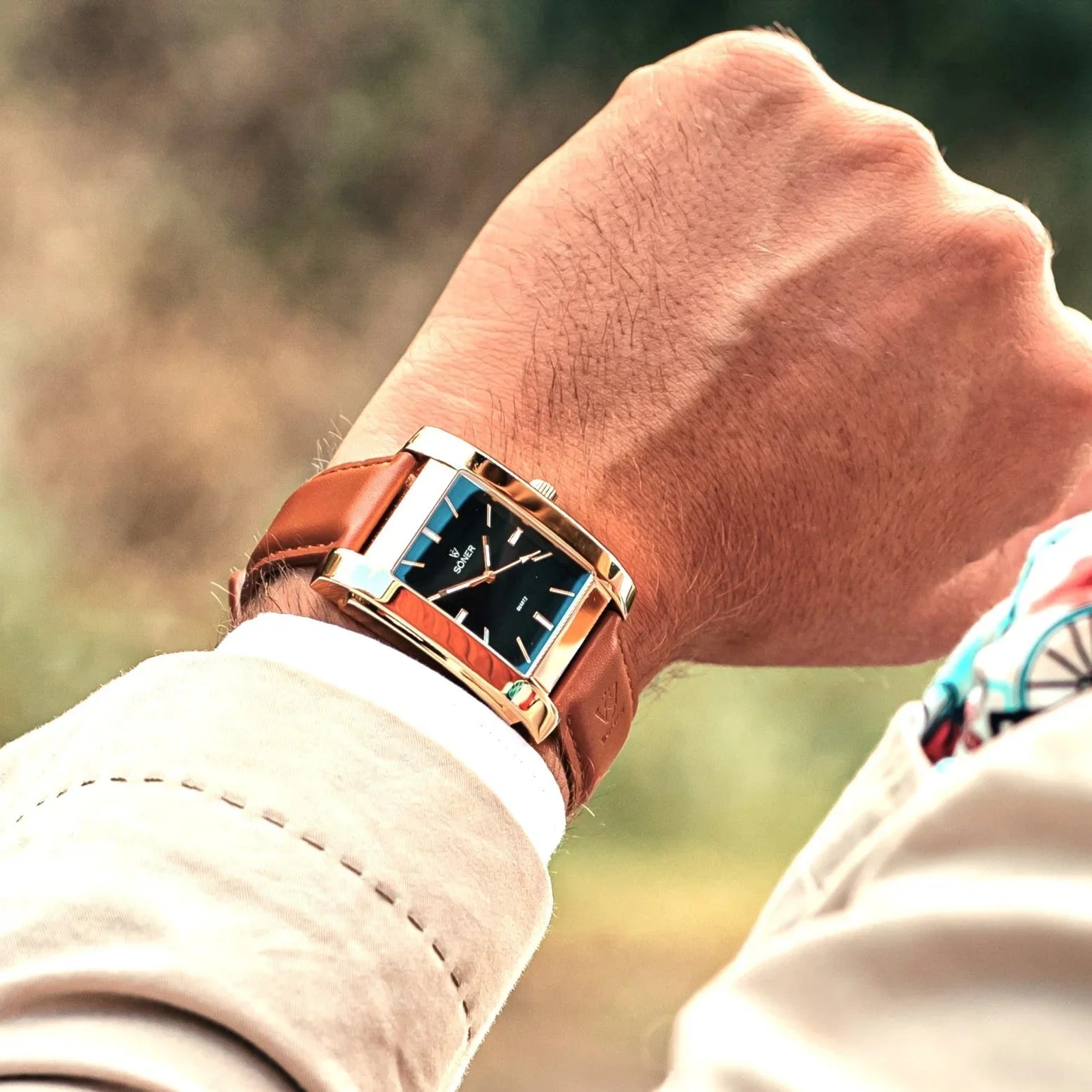Table of Contents
Quartz vs Mechanical Watches
The heart of every wristwatch is its movement—the intricate mechanism that powers the watch and drives its functions. For watch enthusiasts and buyers alike, understanding the differences between quartz, mechanical, and automatic movements is essential. These three main types of movements define not only the functionality of the watch but also its craftsmanship and cultural significance. In this article, we’ll delve into each movement type, exploring their features, advantages, and ideal use cases.

What Is a Watch Movement?
The movement, also known as the caliber, is the internal mechanism that powers the hands and any additional complications of the watch. It’s essentially the "engine" of the timepiece, converting stored energy into the precise motion required to measure time. Movements are classified into three primary categories: quartz, mechanical, and automatic.
Quartz Movement: Precision Perfected
How Quartz Movements Work
- Powered by a small battery, quartz movements use an electronic circuit to send electricity through a quartz crystal.
- The crystal vibrates at a precise frequency (32,768 times per second), creating a consistent oscillation.
- This oscillation drives the motor that moves the hands.

Advantages of Quartz Movements
- Accuracy: Quartz watches are incredibly precise, with deviations of only a few seconds per month.
- Affordability: Quartz movements are cost-effective, making them popular in both entry-level and mid-range watches.
- Low Maintenance: Replacing the battery every 1-3 years is the only major upkeep required.
Best for: Quartz watches are ideal for those seeking accuracy, affordability, and ease of use, making them perfect for everyday wear or casual timepieces.
Mechanical Movement: Timeless Craftsmanship
How Mechanical Movements Work
- A tightly coiled mainspring stores energy when wound manually.
- This energy is released gradually through a series of gears and springs, regulating the movement of the hands.
- The balance wheel oscillates back and forth, controlling the flow of energy.
Advantages of Mechanical Movements
- Craftsmanship: Mechanical movements showcase the artistry and precision of watchmaking, often visible through skeleton dials or transparent case backs.
- Longevity: With proper care, mechanical watches can last generations.
- Tactile Experience: The process of winding the watch manually creates a connection between the wearer and the timepiece.
Challenges of Mechanical Movements
- Accuracy: Mechanical watches are less precise than quartz, with deviations of several seconds per day.
- Maintenance: Regular servicing (every 3-5 years) is required to maintain performance.
Best for: Mechanical watches are suited for collectors and enthusiasts who value tradition, craftsmanship, and the tactile connection with their timepieces.
Automatic Movement: Self-Winding Innovation
How Automatic Movements Work
- An oscillating weight, or rotor, spins with wrist movements, winding the mainspring automatically.
- Like mechanical movements, energy is released through gears and springs to power the hands.
Advantages of Automatic Movements
- Convenience: Automatic watches don’t require manual winding as long as they are worn regularly.
- Craftsmanship: Like mechanical movements, automatics showcase traditional watchmaking artistry.
- Versatility: Many automatic watches feature power reserves, allowing them to run for 24-80 hours without motion.
Challenges of Automatic Movements
- Sensitivity: Automatic watches can be affected by magnetic fields or shocks, requiring careful handling.
- Servicing: Regular maintenance is necessary to keep them running smoothly.
Best for: Automatic watches are perfect for those who want the elegance of mechanical watches with the added practicality of self-winding technology.

Quartz vs. Mechanical vs. Automatic: A Side-by-Side Comparison
| Feature | Quartz | Mechanical | Automatic |
|---|---|---|---|
| Power Source | Battery | Manually wound mainspring | Rotor and mainspring |
| Accuracy | ± 15 seconds/month | ± 5-10 seconds/day | ± 5-10 seconds/day |
| Maintenance | Battery replacement | Regular servicing | Regular servicing |
| Cost | Affordable | Higher, depending on craftsmanship | Moderate to high |
| Craftsmanship | Minimal | Exceptional | Exceptional |
| Best Use | Everyday wear | Collecting and formal wear | Collecting and everyday wear |
Which Movement Should You Choose?
Your choice of movement depends on your lifestyle, preferences, and the purpose of the watch.
- Quartz: Best for practical users who prioritize accuracy and affordability.
- Mechanical: Ideal for collectors and those who appreciate traditional craftsmanship.
- Automatic: A versatile option for enthusiasts who want mechanical artistry with modern convenience.

